Home>Furniture>Outdoor Furniture>How To Bypass A Thermocouple On A Patio Heater
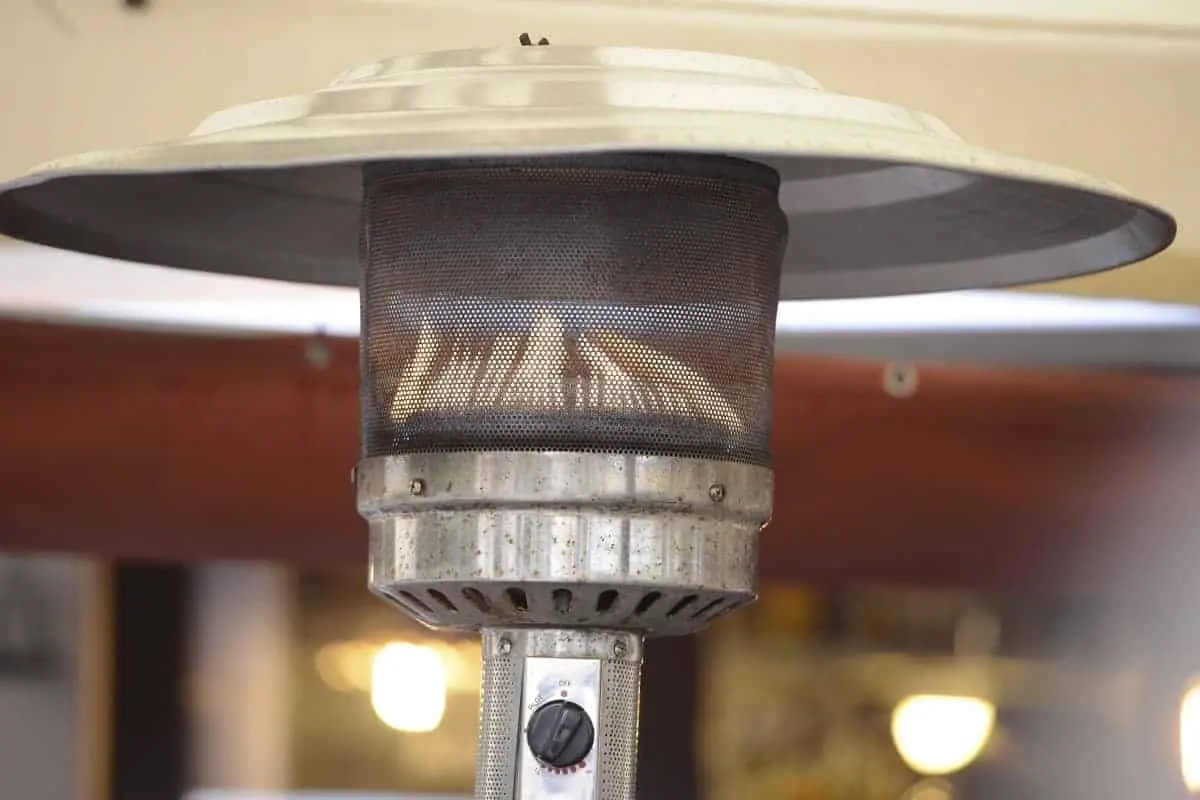

Outdoor Furniture
How To Bypass A Thermocouple On A Patio Heater
Modified: May 6, 2024
Learn how to bypass a thermocouple on a patio heater and enjoy uninterrupted outdoor warmth with our expert outdoor furniture tips.
(Many of the links in this article redirect to a specific reviewed product. Your purchase of these products through affiliate links helps to generate commission for Storables.com, at no extra cost. Learn more)
Introduction
Welcome to our comprehensive guide on bypassing a thermocouple on a patio heater. If you’re experiencing issues with your patio heater and suspect the thermocouple as the culprit, you’ve come to the right place. In this article, we will explain what a thermocouple is and its role in a patio heater. We’ll also discuss the reasons why you may need to bypass the thermocouple and provide step-by-step instructions on how to do it safely.
A thermocouple is a crucial safety device found in many gas-powered appliances, including patio heaters. It is responsible for ensuring that the gas supply is shut off if the pilot light goes out. This prevents the accumulation of gas and potential fire hazards.
However, there are instances where the thermocouple can malfunction or become faulty, causing the patio heater to shut off unexpectedly or not ignite at all. When this happens, bypassing the thermocouple temporarily may be a viable solution to keep your patio heater operational.
Before we dive into the steps of bypassing a thermocouple, it’s important to emphasize the need for caution and careful consideration. Bypassing a safety device like the thermocouple should only be done as a temporary troubleshooting measure or under the guidance of a professional. It is not a long-term solution, and it is crucial to address the root cause of the problem.
With that said, let’s explore the process of bypassing a thermocouple on a patio heater and the safety precautions you need to take. By following the instructions carefully, you can avoid potential mishaps and get your patio heater working again.
Key Takeaways:
- Bypassing a thermocouple on a patio heater should only be a temporary troubleshooting measure, and safety precautions must be prioritized to avoid gas leaks and fire hazards.
- It’s crucial to address the root cause of thermocouple issues and restore its proper functioning for the safe and efficient operation of your patio heater. Avoid bypassing it permanently.
Understanding Thermocouples and their Purpose
Before we delve into the process of bypassing a thermocouple on a patio heater, it’s essential to have a clear understanding of what a thermocouple is and its purpose. Let’s explore.
What is a thermocouple?
A thermocouple is a temperature-sensing device that consists of two different metals joined together at one end. The junction of these metals creates a voltage that is directly proportional to the temperature difference between the hot and cold ends of the thermocouple. This voltage can be measured and used to determine the temperature.
How does a thermocouple work?
The basic principle behind a thermocouple’s operation is the Seebeck effect. When there is a heat gradient across the junction of the two metals, it creates a flow of electrons. This flow generates a small electrical voltage, known as the thermoelectric voltage, which can be measured and converted into temperature.
The purpose of a thermocouple in a patio heater
In a patio heater, the thermocouple plays a critical role in ensuring the safe operation of the appliance. Its primary purpose is to detect the presence of a pilot flame. When the patio heater is ignited, the pilot flame heats the tip of the thermocouple. As a result, the thermocouple generates a small electrical voltage, indicating that the pilot flame is present.
The presence of the pilot flame is essential because it signifies the proper functioning of the heater. If the pilot flame goes out for any reason, the voltage drop across the thermocouple will decrease, signaling the gas valve to shut off the gas supply as a safety precaution. This prevents the accumulation of unburned gas and potential hazards.
In summary, the thermocouple acts as a critical safety device in a patio heater, ensuring that the gas supply is shut off if the pilot flame extinguishes. By doing so, it helps prevent the risk of gas leaks, fire outbreaks, and other potential dangers.
Now that we have a clear understanding of what a thermocouple is and its purpose let’s move on to the reasons why you may need to bypass a thermocouple on a patio heater.
Reasons for Bypassing a Thermocouple on a Patio Heater
While thermocouples are essential for the safe operation of patio heaters, there are situations where bypassing the thermocouple becomes necessary. Let’s explore when bypassing a thermocouple may be required and the common problems associated with thermocouples in patio heaters.
When is it necessary to bypass a thermocouple?
There are a few scenarios where bypassing a thermocouple may be necessary:
- If the thermocouple is malfunctioning or faulty: Over time, thermocouples can wear out or become damaged, resulting in inaccurate temperature readings or failure to detect the pilot flame. In such cases, bypassing the thermocouple temporarily can allow you to troubleshoot and determine if the thermocouple is the root cause of the problem.
- As a temporary troubleshooting measure: If you’re experiencing difficulties in lighting your patio heater or it keeps shutting off due to thermocouple-related issues, bypassing the thermocouple can help in identifying any other underlying issues with the heater itself.
- During maintenance or repair: When conducting maintenance or repair work on the patio heater, bypassing the thermocouple may be necessary to safely perform tasks like cleaning the burners or inspecting other components.
Common problems with thermocouples in patio heaters
Thermocouples can encounter various issues that affect their functionality in patio heaters. Some common problems include:
- Buildup of debris: The tip of the thermocouple can accumulate dirt, dust, or other deposits, compromising its ability to detect the pilot flame accurately. This buildup can lead to issues with ignition or cause the pilot flame to go out frequently.
- Corrosion or oxidation: Over time, exposure to the elements and moisture can cause the thermocouple to corrode or oxidize. This can result in an unreliable voltage signal, causing the gas valve to shut off even when the pilot flame is present.
- Wear and tear: Thermocouples experience regular wear and tear with extended use, which can lead to deterioration in their performance. If the wires or junctions become damaged or weakened, the thermocouple may fail to generate sufficient voltage, resulting in unintended shut-offs.
Understanding these common problems and knowing when to bypass a thermocouple can help you troubleshoot and address issues with your patio heater more effectively. However, it’s important to remember that bypassing the thermocouple should only be done temporarily and as a troubleshooting measure. It’s crucial to address any underlying issues and ensure the proper functioning of the thermocouple for the safety of your patio heater.
Now that we have discussed the reasons for bypassing a thermocouple let’s move on to the safety precautions you should take before attempting the bypass.
Safety Precautions Before Bypassing a Thermocouple
Before attempting to bypass a thermocouple on your patio heater, it is crucial to prioritize safety. Bypassing a safety device like the thermocouple should only be done under certain circumstances and with proper precautions. Here are some important considerations and potential risks to keep in mind:
Important considerations before bypassing the thermocouple:
- Read the manufacturer’s instructions: Always consult the manufacturer’s manual or guidelines for your specific patio heater model. It may contain detailed instructions on troubleshooting, maintenance, and bypassing the thermocouple if necessary.
- Make sure the patio heater is turned off: Before attempting to bypass the thermocouple, ensure that the patio heater is completely turned off and that the gas supply is disconnected. This prevents any accidental ignition or gas leaks during the bypassing process.
- Consider seeking professional assistance: If you are unsure about bypassing the thermocouple yourself or if you are not familiar with the workings of your patio heater, it is best to seek the assistance of a qualified technician. They have the expertise and experience to properly diagnose and fix any issues.
- Use appropriate safety gear: When working on your patio heater, especially when bypassing the thermocouple, it is recommended to wear protective gloves and goggles. This helps protect you from any potential burns, injuries, or flying debris.
- Be aware of gas leaks: When working with gas-powered appliances, there is always a risk of gas leaks. Be vigilant and use a gas leak detector or a soapy water solution to check for any leaks before and after the bypassing process. If you detect a gas leak, immediately turn off the gas supply and seek professional assistance.
Potential risks and dangers involved:
While bypassing a thermocouple may seem like a straightforward process, it is important to be aware of the potential risks and dangers involved:
- Gas leaks and fire hazards: Bypassing the thermocouple temporarily disables a crucial safety feature. This means that if the pilot flame goes out, the gas supply will not automatically shut off. This poses a risk of gas leaks, which can lead to fire hazards and other dangerous situations.
- Lack of temperature control: By bypassing the thermocouple, the patio heater loses its ability to monitor and regulate temperatures effectively. This can result in overheating or improper combustion, which can damage the heater and pose additional safety risks.
- Voiding warranty: Bypassing the thermocouple or attempting repairs without proper authorization may void the warranty of your patio heater. It is important to consider this before proceeding with any modifications or bypassing procedures.
Considering these precautions and understanding the risks involved can help you make an informed decision when deciding whether to bypass the thermocouple on your patio heater. If you decide to proceed with the bypass, follow the step-by-step instructions carefully, which we will discuss in the next section.
Now that we have discussed the safety precautions, let’s move on to the step-by-step guide on how to bypass a thermocouple on a patio heater.
You can bypass a thermocouple on a patio heater by locating the thermocouple and disconnecting it from the gas valve. Then, use a wire to directly connect the two terminals on the gas valve to allow the gas to flow without the thermocouple. Always exercise caution when working with gas appliances.
Step-by-step Guide: How to Bypass a Thermocouple on a Patio Heater
If you’ve determined that bypassing the thermocouple on your patio heater is necessary, follow this step-by-step guide. Keep in mind that this guide is for informational purposes only, and it is recommended to consult the manufacturer’s manual or seek professional assistance if you are unsure or uncomfortable performing the procedure.
Tools and materials required:
- Adjustable wrench
- Pliers
- Screwdriver (if necessary)
- Gas leak detector or soapy water solution
Instructions for bypassing the thermocouple:
- Turn off the patio heater: Ensure that the patio heater is completely turned off, and the gas supply is disconnected. This is essential for your safety during the bypassing process.
- Locate the thermocouple: Identify the thermocouple, which is usually located near the pilot assembly. It is a metal rod with a wire protruding from the gas control valve.
- Disconnect the thermocouple: Use an adjustable wrench to loosen and disconnect the thermocouple from the gas control valve. Depending on your patio heater model, you may need pliers or a screwdriver to remove any retaining clips or screws holding the thermocouple in place.
- Shorten the thermocouple wire: Use pliers to cut the thermocouple wire near the gas control valve. This effectively bypasses the thermocouple and prevents it from generating the voltage signal that controls the gas supply.
- Reconnect the gas supply: Once the thermocouple is bypassed, reconnect the gas supply to the patio heater.
- Perform a gas leak check: Before igniting the patio heater, use a gas leak detector or apply a soapy water solution to all the connection points and joints. If any bubbles form, it indicates a gas leak. In such cases, turn off the gas supply and seek professional assistance.
- Ignite the patio heater: Follow the manufacturer’s instructions to ignite the patio heater. Without the thermocouple in place, the gas valve will allow the gas to flow continuously, so it’s crucial to monitor the heater closely during operation.
Troubleshooting tips:
- If the patio heater does not ignite, double-check the connections and ensure that the gas supply is turned on.
- If the patio heater ignites but the flames are uneven, yellow, or flickering, this may indicate improper combustion. In such cases, it is recommended to discontinue use and seek professional assistance.
- Monitor the patio heater during operation and ensure proper ventilation to prevent the buildup of carbon monoxide.
Remember, bypassing the thermocouple should only serve as a temporary troubleshooting measure. It is crucial to address any underlying issues and restore the proper functioning of the thermocouple to ensure the safe operation of your patio heater.
Now that you have successfully bypassed the thermocouple, let’s discuss the benefits and drawbacks of this temporary solution.
Read more: How To Clean Water Heater Thermocouple
Benefits and Drawbacks of Bypassing a Thermocouple
While bypassing a thermocouple on a patio heater may temporarily resolve certain issues, it is important to consider both the advantages and disadvantages of this solution. Here are the benefits and drawbacks of bypassing a thermocouple:
Advantages of bypassing the thermocouple:
- Troubleshooting purposes: Bypassing the thermocouple can help you determine if the thermocouple is causing the problem with your patio heater. By temporarily bypassing it, you can identify whether the issue lies with the thermocouple or other components of the heater.
- Cost-effective solution: If you’re on a tight budget and the thermocouple needs to be replaced, bypassing it temporarily can provide a temporary fix while you save up for a new thermocouple or perform other necessary repairs.
- Easier maintenance: Bypassing the thermocouple can make it easier to perform certain maintenance tasks on your patio heater, such as cleaning the burners or inspecting other components, without constantly relighting the pilot flame.
Potential drawbacks and limitations:
- Safety concerns: Bypassing the thermocouple removes the safety mechanism that shuts off the gas supply if the pilot flame goes out. This poses a risk of gas leaks and fire hazards if the flame is not monitored closely during operation.
- Overheating potential: Without the thermocouple, there is no temperature control or mechanism to regulate the heat output of the patio heater. This can result in overheating, which may damage the heater or create a potentially hazardous environment.
- Limited effectiveness: Bypassing the thermocouple only addresses the symptom of a problem rather than the root cause. If the issue lies with other components or underlying problems, bypassing the thermocouple may not provide a long-term solution.
- Voided warranty: Bypassing the thermocouple or making modifications to your patio heater without proper authorization could void the manufacturer’s warranty. It is essential to check the warranty terms and consider the consequences before proceeding.
It is crucial to remember that bypassing the thermocouple should only be a temporary solution. It is advisable to consult the manufacturer’s guidelines, seek professional assistance, or consider replacing the thermocouple if it is malfunctioning or causing issues with your patio heater. Proper maintenance and addressing the root cause of the problem are essential to ensure the safe and efficient operation of your patio heater.
Now that we have discussed the benefits and drawbacks of bypassing a thermocouple, let’s conclude this guide.
Conclusion
Understanding how to bypass a thermocouple on a patio heater can be a useful troubleshooting technique in certain situations. However, it is essential to approach this solution with caution and prioritize safety at all times.
In this comprehensive guide, we have explored the purpose and functionality of thermocouples in patio heaters, the reasons why bypassing a thermocouple may be necessary, and the safety precautions to consider before attempting the bypass. We have also provided a step-by-step guide on how to bypass a thermocouple and highlighted the benefits and drawbacks of this temporary solution.
It is important to reiterate that bypassing a thermocouple should only be done as a temporary measure and as part of the troubleshooting process. It is crucial to address any underlying issues and restore the proper functioning of the thermocouple to ensure the safe and efficient operation of your patio heater.
If you are unsure about bypassing the thermocouple yourself or if you lack the necessary knowledge and experience, it is always recommended to seek professional assistance. A qualified technician can properly diagnose the problem, provide appropriate solutions, and ensure the long-term safety and performance of your patio heater.
Remember, safety should always be the top priority when working with gas-powered appliances. Regular maintenance, following manufacturer guidelines, and addressing any issues promptly will help keep your patio heater in optimal condition and ensure a comfortable and enjoyable outdoor experience.
We hope this guide has provided you with valuable insights and guidance on bypassing a thermocouple on a patio heater. Stay safe, follow proper procedures, and enjoy your outdoor space without any interruptions or worries.
Frequently Asked Questions (FAQs)
Here are some commonly asked questions about bypassing a thermocouple on a patio heater:
1. Is bypassing a thermocouple safe?
Bypassing a thermocouple should only be done as a temporary troubleshooting measure or under the guidance of a professional. It is important to prioritize safety and understand the potential risks involved, such as gas leaks and fire hazards. Proper precautions, such as turning off the gas supply and monitoring the patio heater closely, should be taken when bypassing the thermocouple.
2. Can I bypass the thermocouple permanently?
Bypassing the thermocouple permanently is not recommended. The thermocouple is a critical safety device that ensures the safe operation of the patio heater. It detects the presence of the pilot flame and shuts off the gas supply if the flame goes out. By permanently bypassing the thermocouple, you eliminate this important safety feature and increase the risk of accidents.
3. Can I replace the thermocouple instead of bypassing it?
Yes, if the thermocouple is malfunctioning or causing issues with your patio heater, it is advisable to replace it rather than bypassing it. Consult the manufacturer’s guidelines or seek professional assistance to ensure you choose the correct thermocouple for your specific patio heater model.
4. How long should I bypass the thermocouple?
Bypassing the thermocouple should only be done as a temporary troubleshooting measure. It is important to address the root cause of the problem and restore the proper functioning of the thermocouple for the safe operation of your patio heater. If you are bypassing the thermocouple for an extended period, it is recommended to seek professional assistance or replace the thermocouple.
5. Can I still use my patio heater without a functional thermocouple?
Using a patio heater without a functional thermocouple is not recommended. The thermocouple serves as a safety device to detect the pilot flame and shut off the gas supply if the flame goes out. Without a functional thermocouple, there is an increased risk of gas leaks and fire hazards. It is important to have a properly functioning thermocouple for the safe operation of your patio heater.
If you have any other specific questions or concerns about bypassing a thermocouple on your patio heater, it is best to consult the manufacturer’s guidelines or seek professional assistance for personalized advice and recommendations.
Hopefully, this FAQ section has addressed some of your questions and provided additional clarity on the topic of bypassing a thermocouple on a patio heater.
Curious about staying cozy in colder months? After mastering the thermocouple bypass, consider upgrading your outdoor heating setup. Our latest review on top propane heaters offers insightful recommendations for the best models to keep your patio warm throughout 2024. Whether you're looking for efficiency, style, or both, this guide covers all bases to help you make an informed choice. Don't miss out on finding the perfect heater that meets all your outdoor needs!
Frequently Asked Questions about How To Bypass A Thermocouple On A Patio Heater
Was this page helpful?
At Storables.com, we guarantee accurate and reliable information. Our content, validated by Expert Board Contributors, is crafted following stringent Editorial Policies. We're committed to providing you with well-researched, expert-backed insights for all your informational needs.
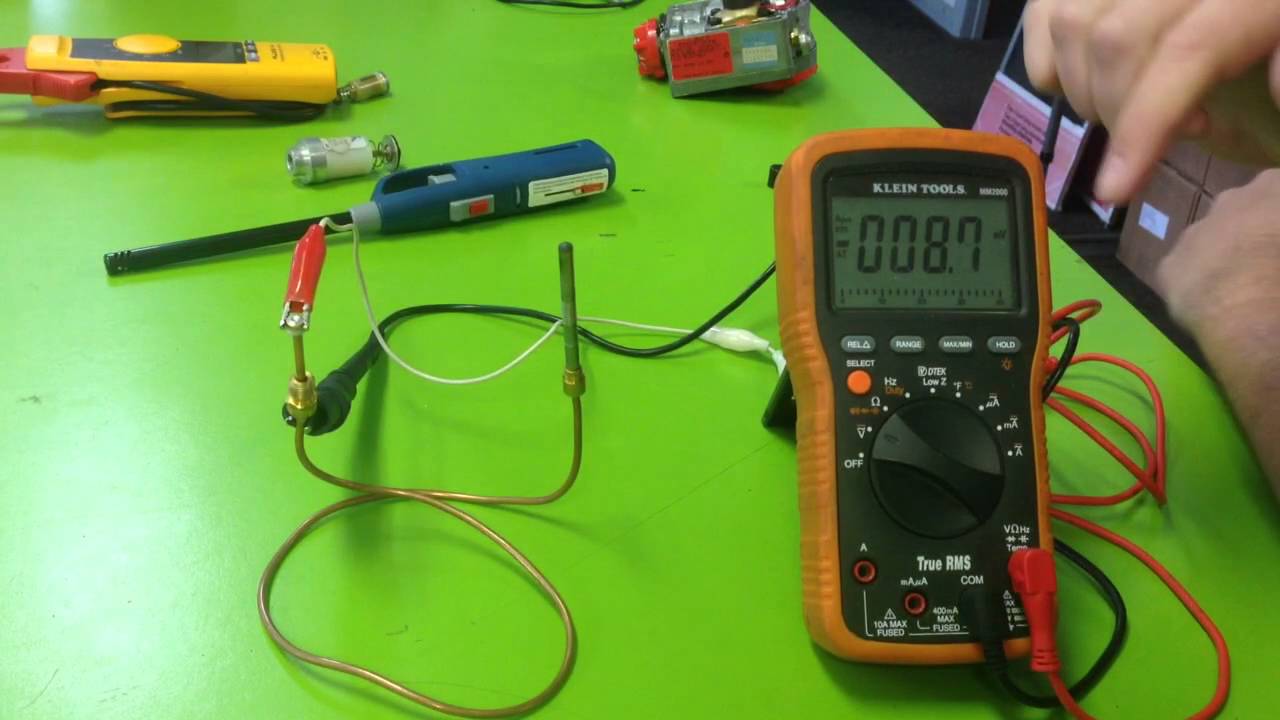
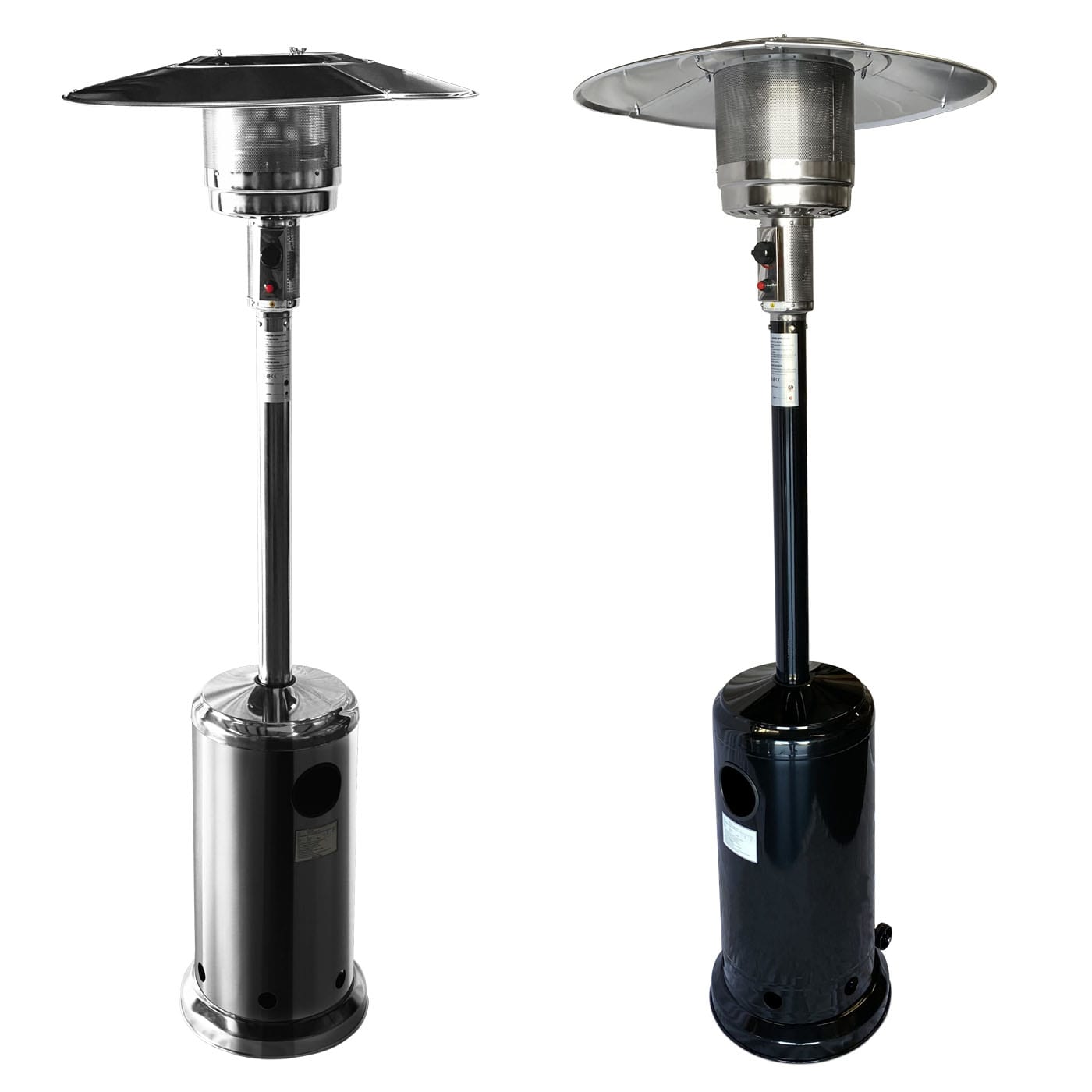
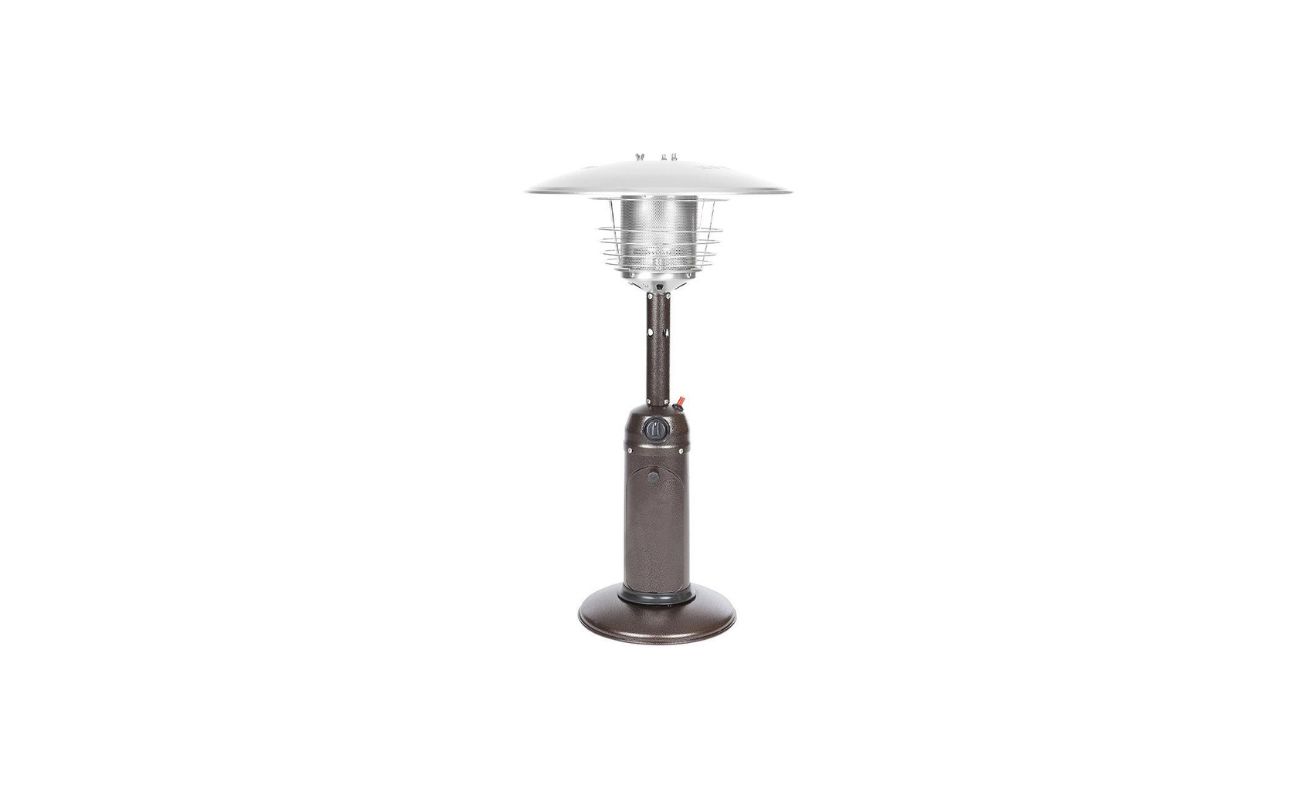
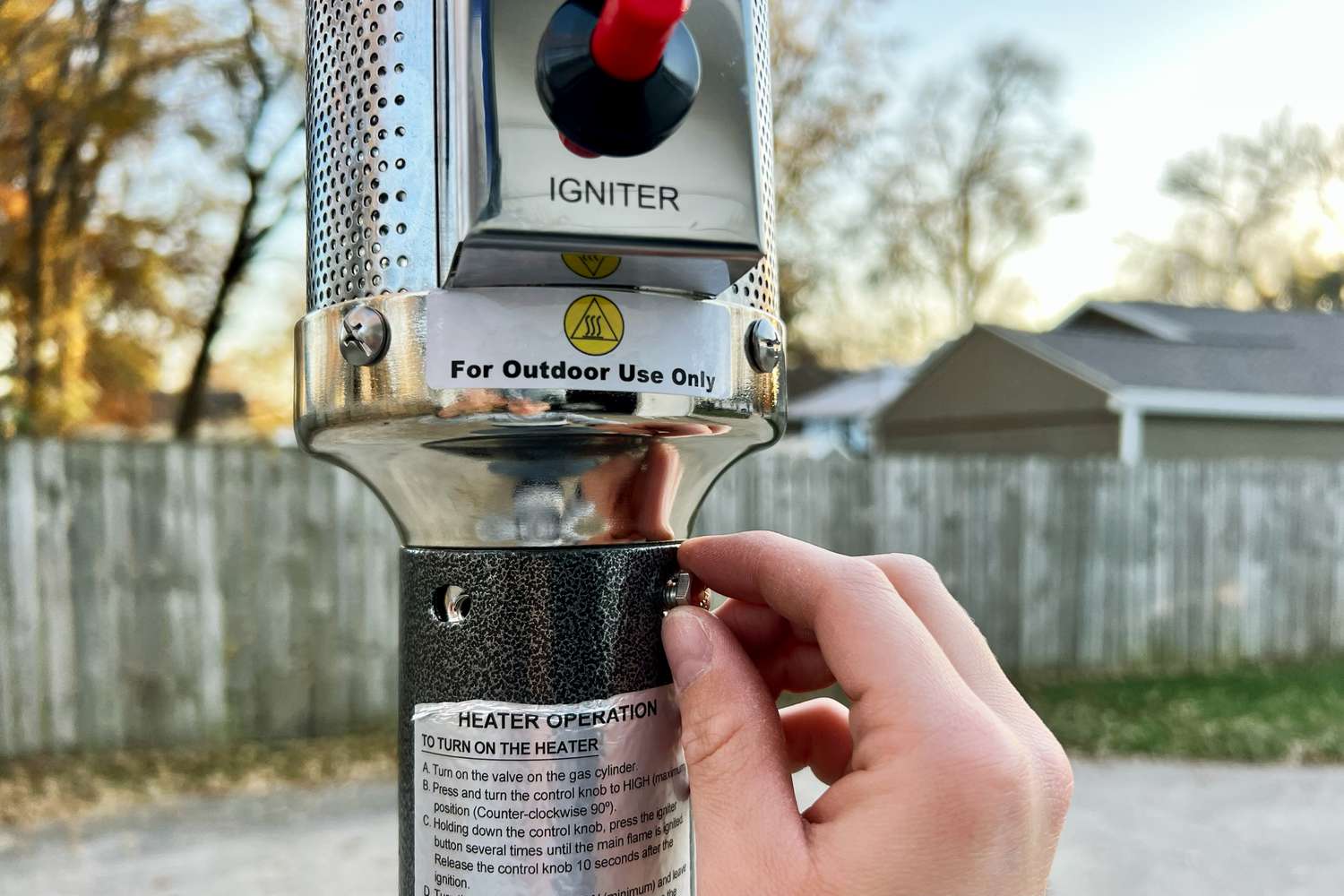
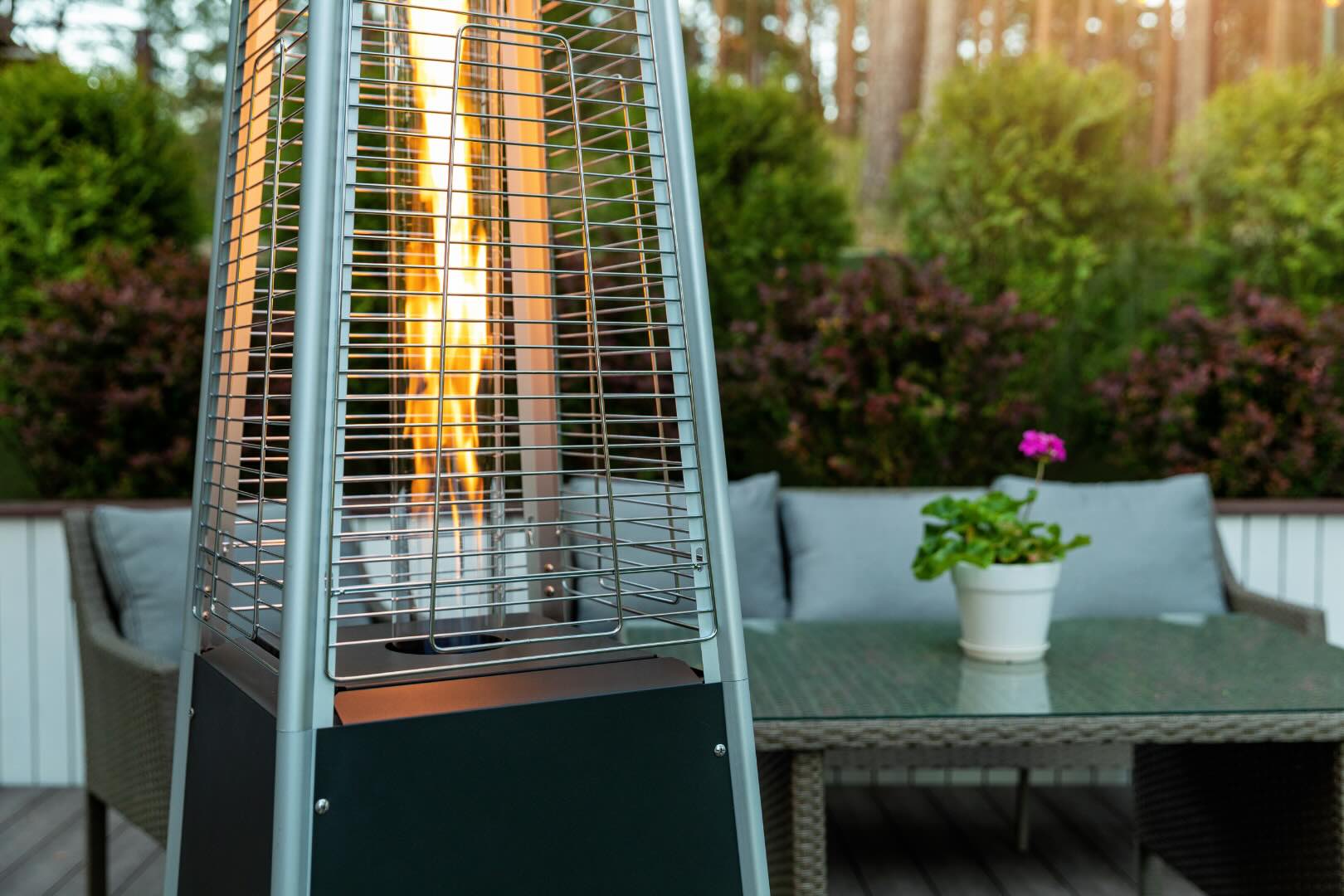
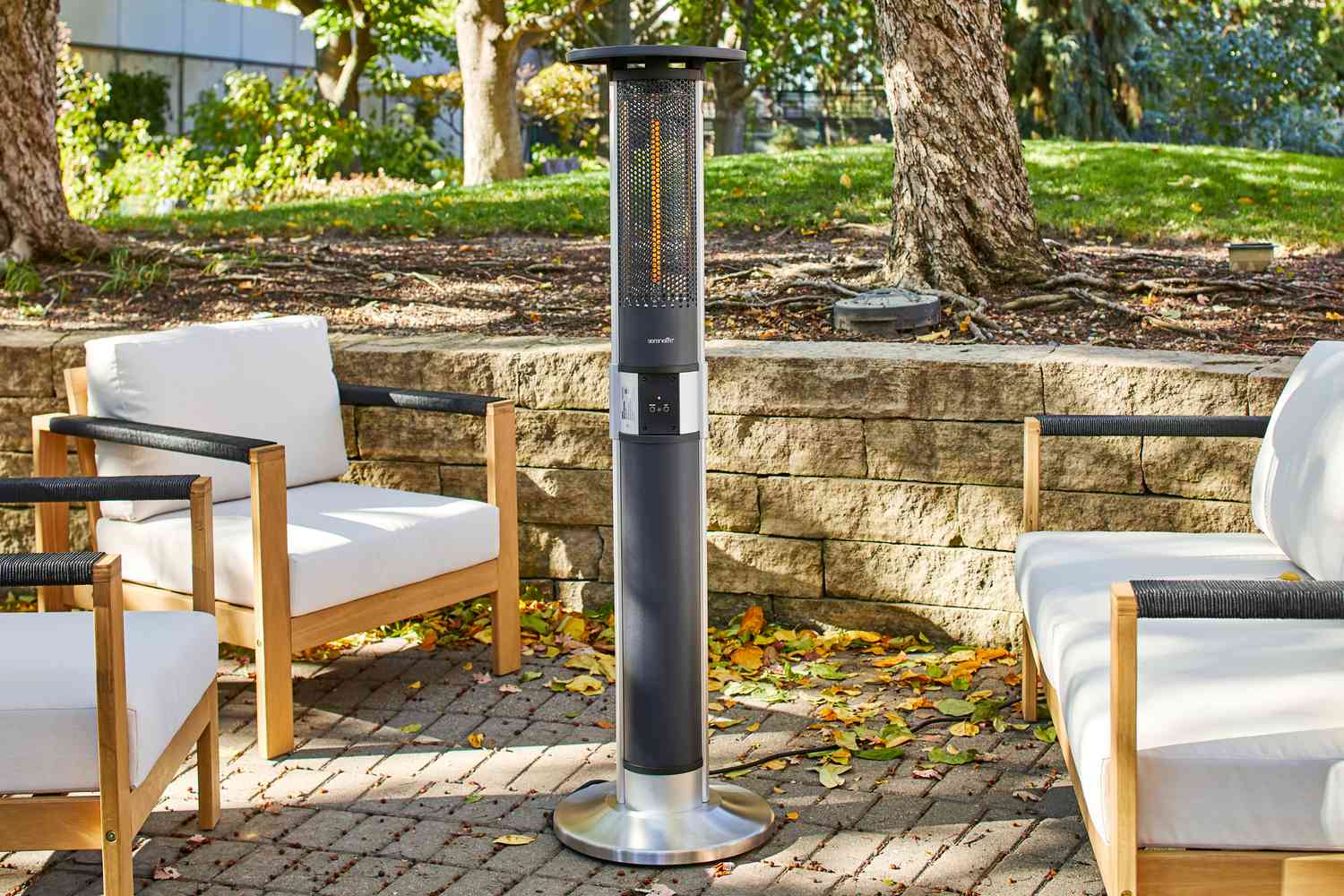

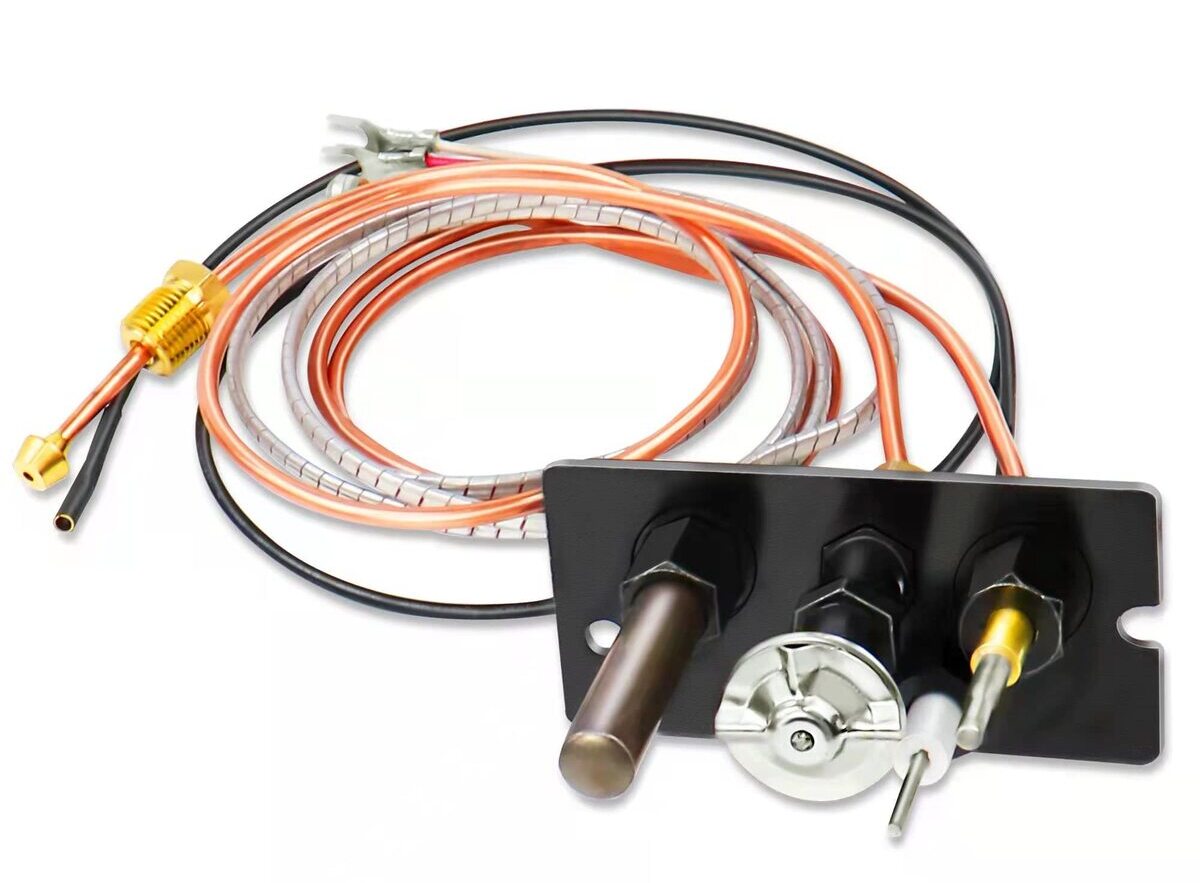

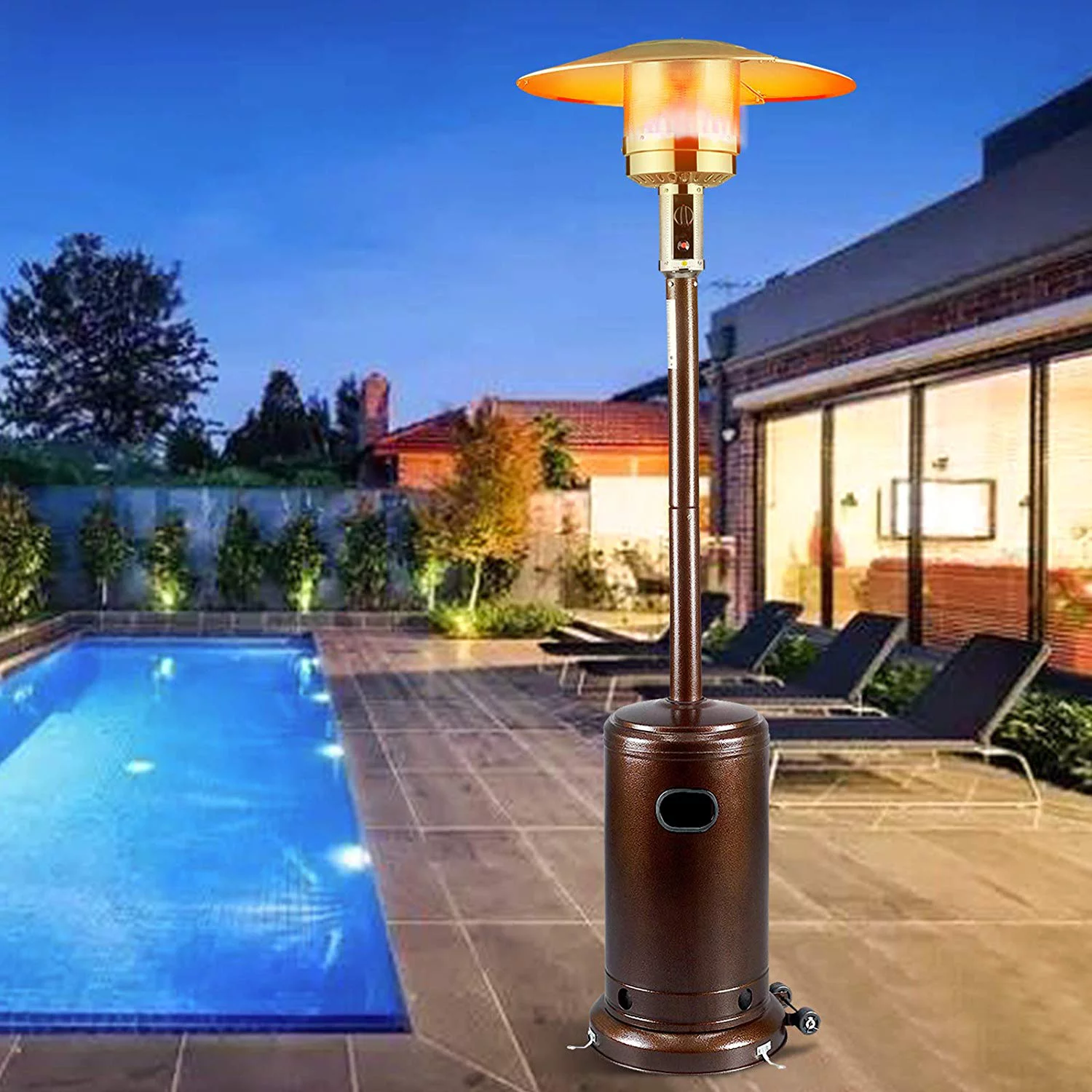
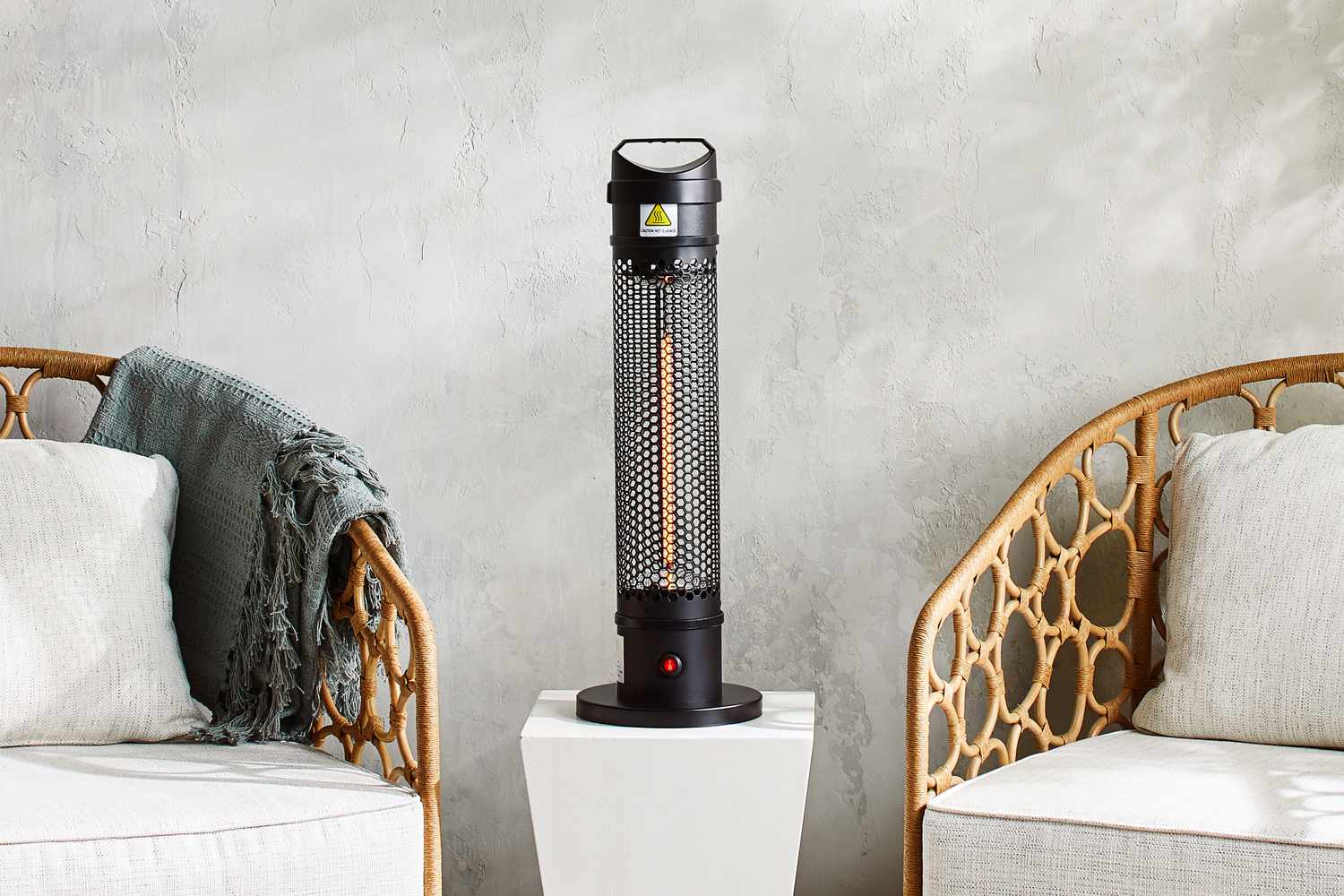
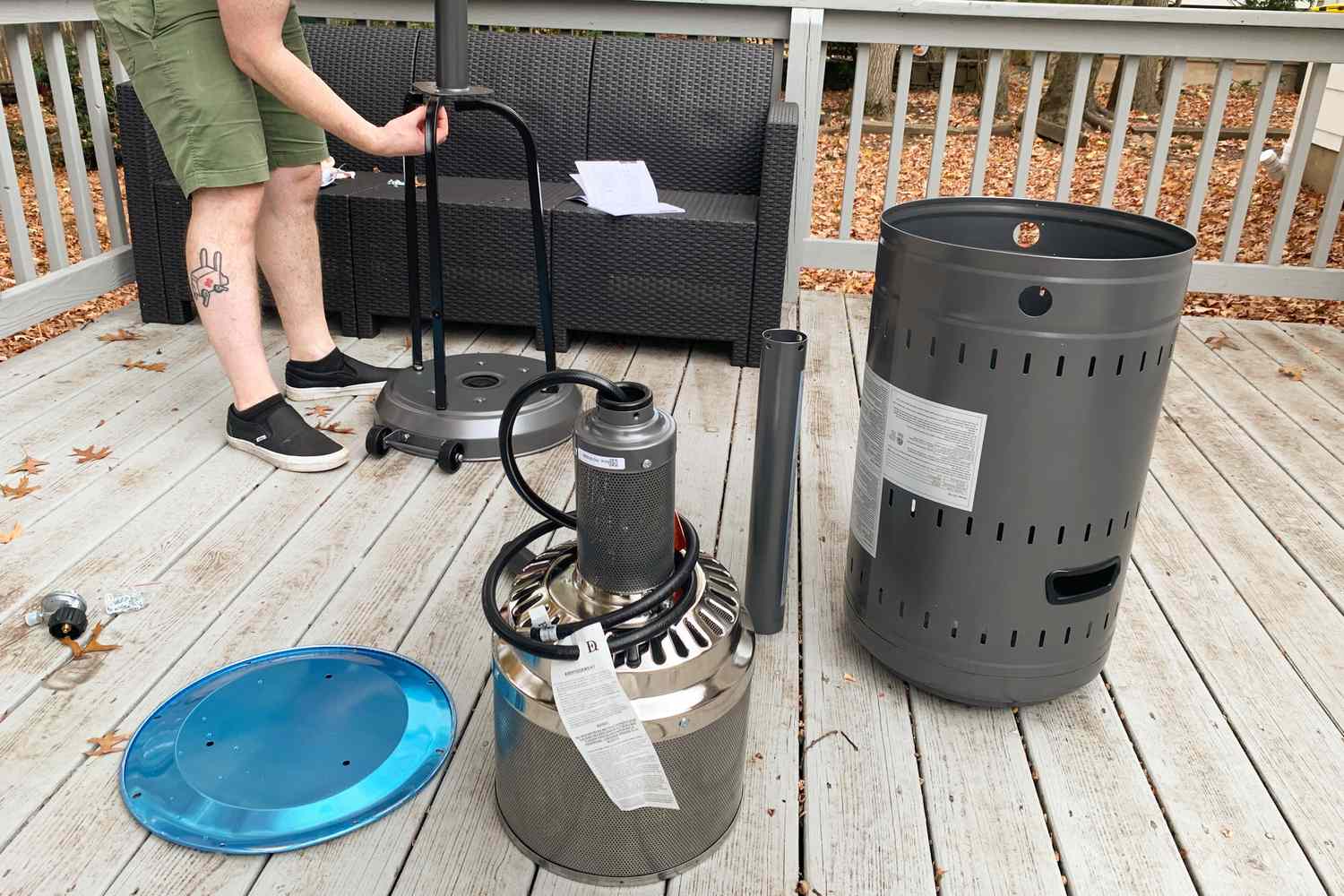
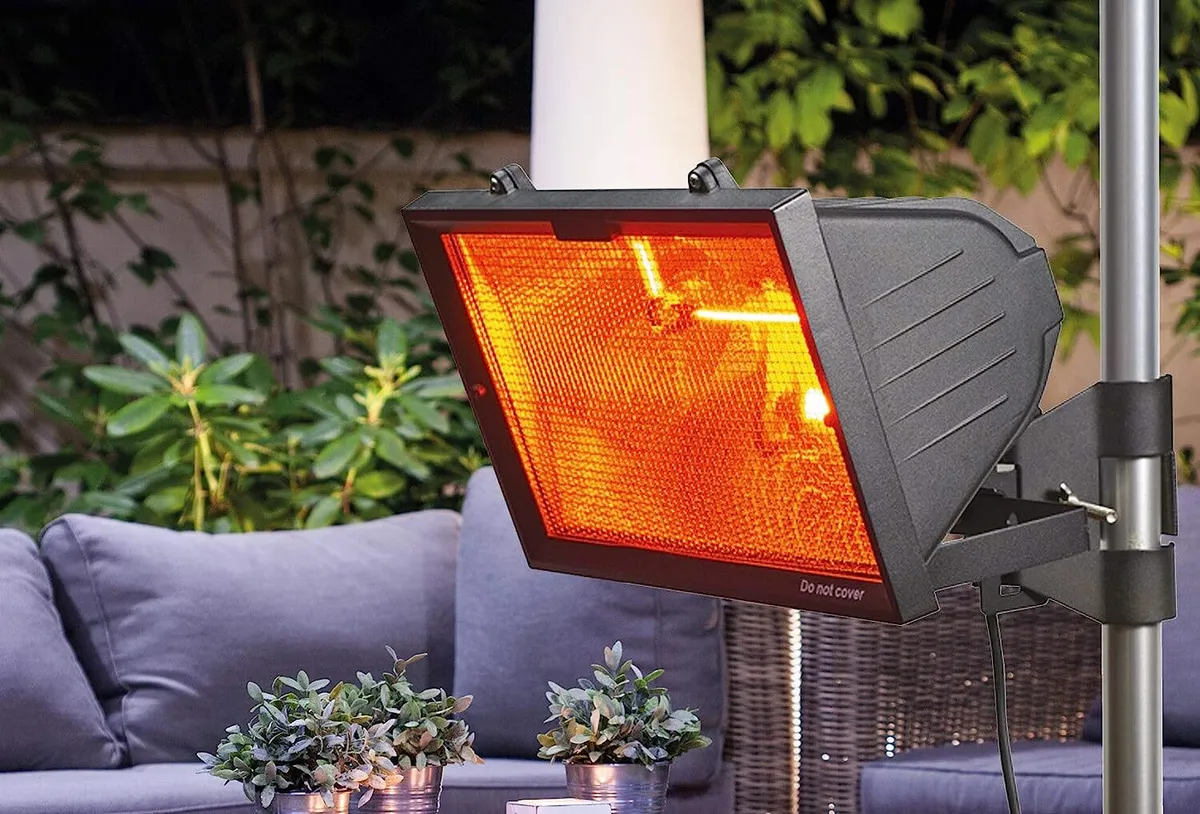


0 thoughts on “How To Bypass A Thermocouple On A Patio Heater”